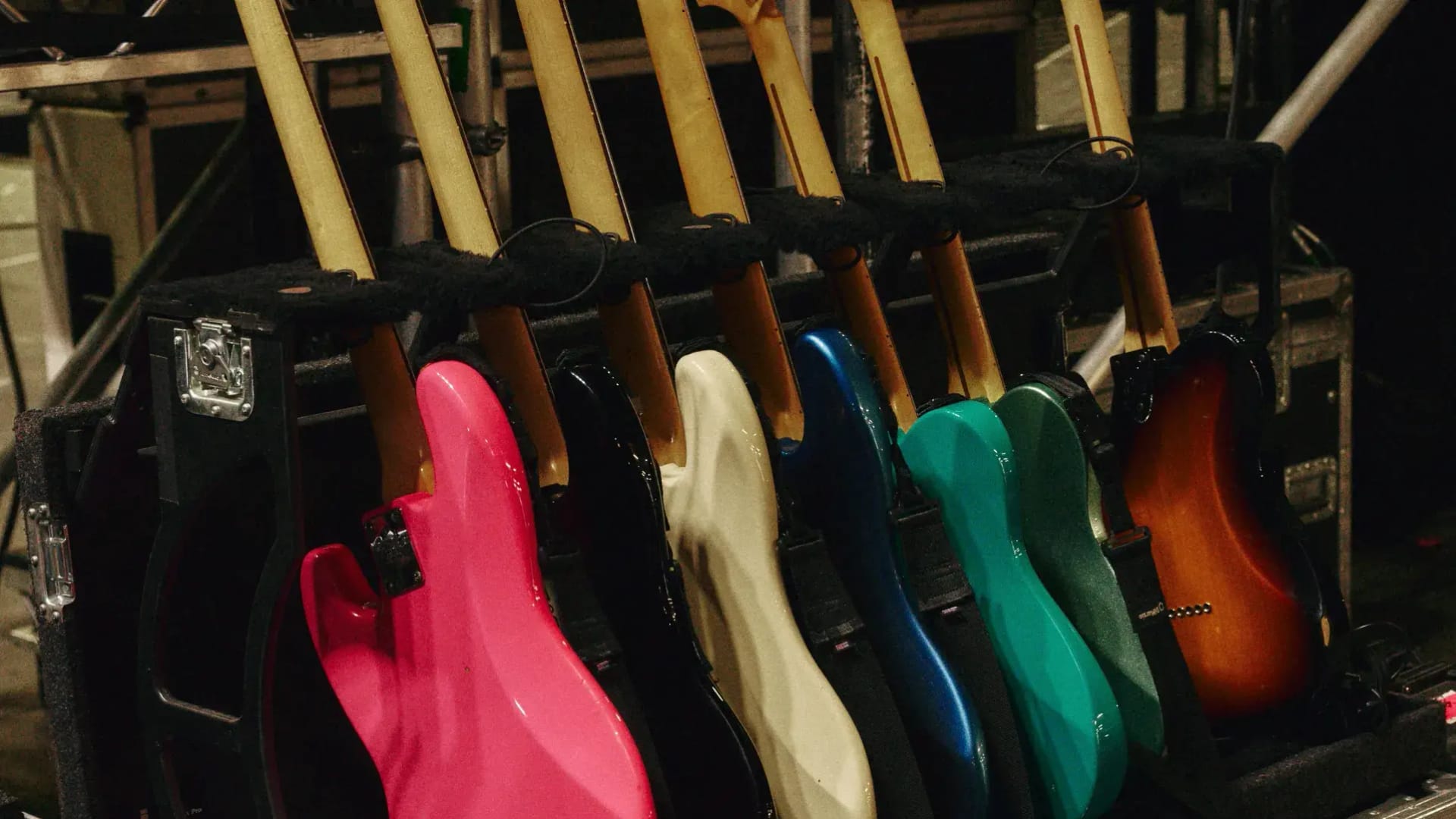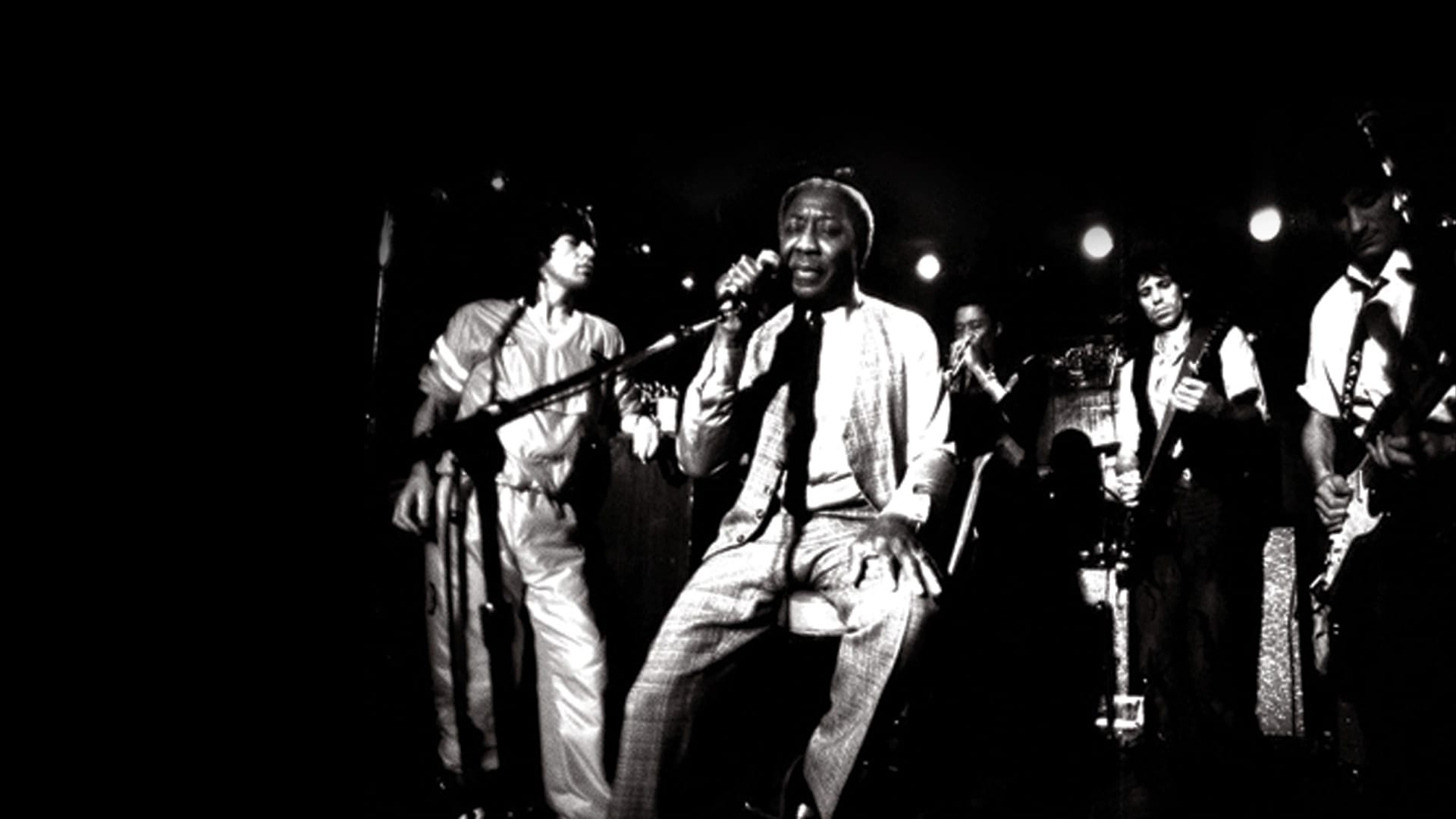The Origins of Glam Metal
Glam metal – also known as hair metal, sleaze rock, or that whirlwind era where studded leather, smoky eyeliner, and ear-splitting guitar solos conquered the music world. But where did it all come from? How did it evolve into the powerhouse genre that gave us bands like Mötley Crüe, Poison, Twisted Sister, and even modern hitmakers like Black Veil Brides?
Let’s hit rewind – here’s a deeper look into the flashy and fiery glam metal movement.
The Birth of Glam Metal (Late 1970s – Early 1980s)
Before the teased hair and neon spandex, glam metal began to take shape in the ‘70s, blending elements of classic rock, punk, and the theatrical flair of glam rock (think David Bowie’s ‘Ziggy Stardust’ and T. Rex’s Marc Bolan).
The distorted-heavy riffs of bands like Led Zeppelin and Aerosmith laid the groundwork, while the flamboyant personas of Alice Cooper and KISS introduced rock as a spectacle of glitz, excess, and shock value. As the ‘70s ended, the Sunset Strip in Los Angeles became a hotspot for a new kind of rockstar, appearing in clubs such as The Trip, the Whisky a Go Go, and the Starwood.
Early bands like Van Halen and Quiet Riot infused hard rock with a high-energy, rebellious, and sex-fuelled aesthetic. Meanwhile, Mötley Crüe stormed onto the scene with their provocative debut, ‘Too Fast for Love’ (1981), followed by ‘Shout at the Devil’ (1983), drenched with a mix of sleaze and glam; these albums defined the genre’s signature sound and style.
The Glam Metal Explosion (Mid-to-Late 1980s)
By the mid-'80s, glam metal was a fully-fledged phenomenon.
Bands like Poison, Cinderella, Ratt, and Def Leppard (whose third album ‘Pyromania’ was the first glam metal album to reach the top ten on the Billboard charts in 1983) didn’t just dominate the airwaves but also the MTV music video era.
Hairspray, leather pants, fingerless gloves, and stacks of chains became synonymous with the genre, paired with high-pitched power ballads, flashy pyrotechnics and shredding guitar solos. Rockstars embodied a hedonistic, larger-than-life persona – the bigger the hair, the better.
Bon Jovi’s ‘Slippery When Wet’ (1986) merged radio-friendly pop hooks with glam’s theatrics, catapulting the genre to commercial success. The album spent eight weeks atop the Billboard 200 and sold over 15 million copies in the U.S.
The Revival of Glam Metal
By the early ‘90s, grunge emerged as the anti-glam movement, spearheaded by bands like Nirvana and Pearl Jam. Grunge brought a raw, stripped-back energy to the forefront, focusing on authenticity and introspection that opposed glam’s celebration of excess. Suddenly, the glitz and over-the-top antics of the ‘80s were seen as outdated, and record labels shifted their focus to the new gritty, angst-driven sound.
Yet, as is often the case with music, trends circle back around. So, in the 2000s, glam metal found its way back into the mainstream.
Bands such as The Darkness and Steel Panther took the fun, flamboyant elements of the scene and added a tongue-in-cheek, self-aware edge. Meanwhile, Black Veil Brides and Crashdïet carried the torch forward, fusing glam’s visual style with a more modern, heavier sound – introducing the genre to a brand-new generation of rock and metal fans.
Curious about the hype?
Catch Mötley Crüe’s The End and Def Leppard’s Live At The Leadmill concerts, featuring the original glam pioneers in action.
Then, dive into Black Veil Brides ‘Alive and Burning show for a modern take on the genre.
Stream all three on repeat via On Air’s website, mobile, and TV apps here.

